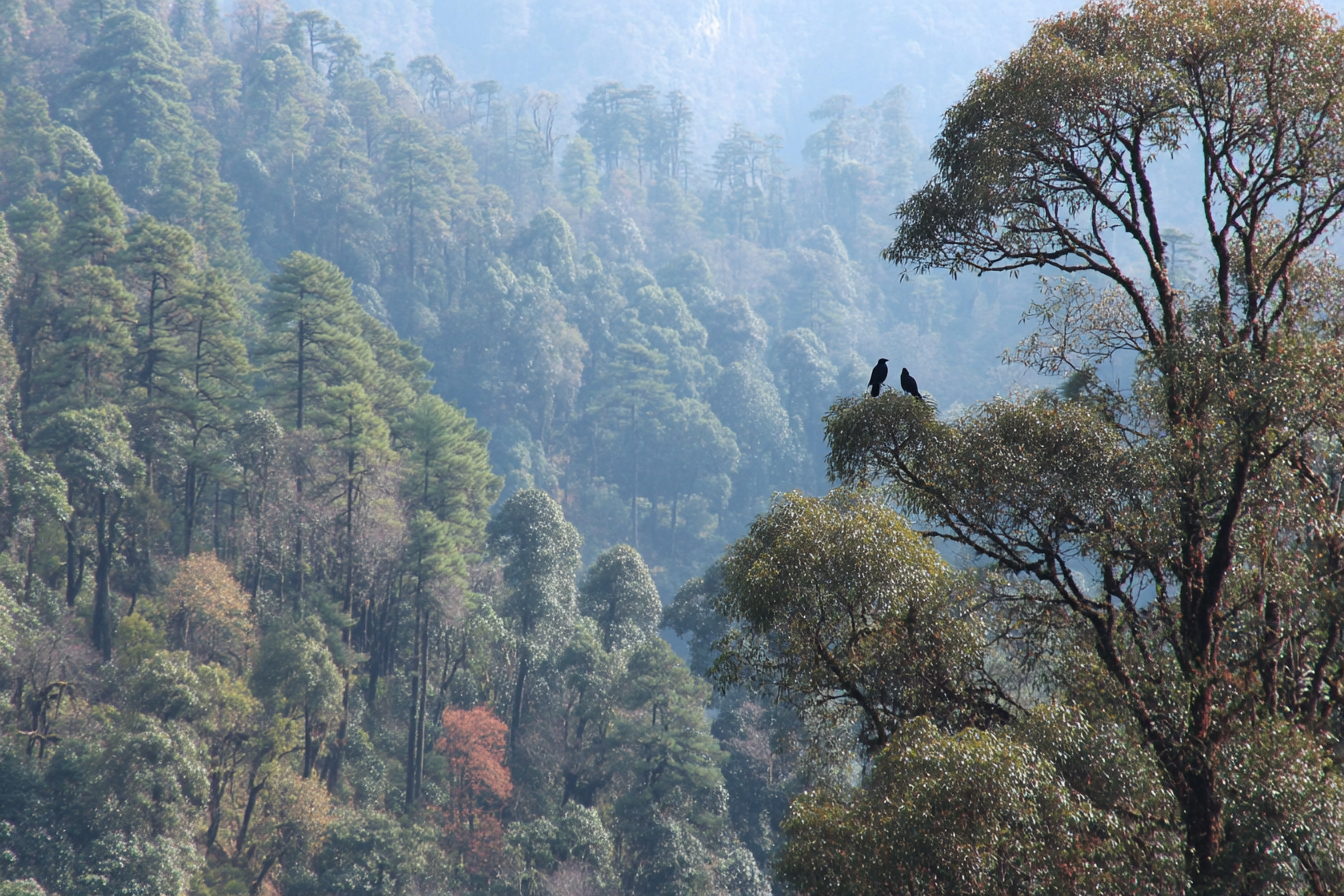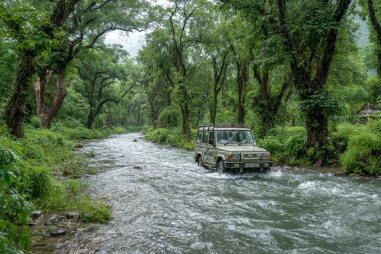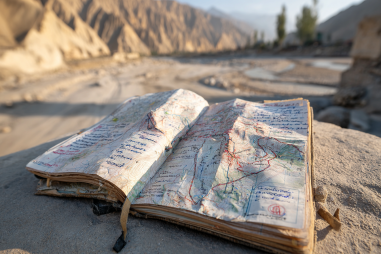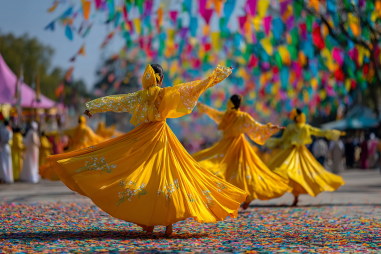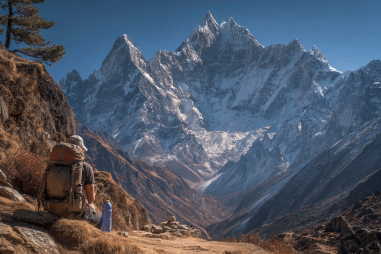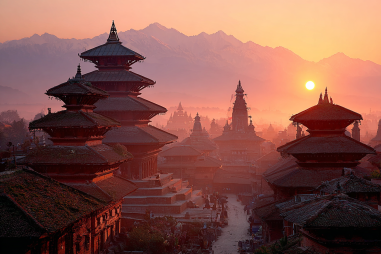Nestled in the heart of Nepal, Gorkha is a destination that offers far more than its rich cultural heritage. This enchanting region is a sanctuary for nature lovers and wildlife enthusiasts, boasting a diverse range of ecosystems that are home to an array of fascinating species. From lush forests to serene river valleys, Gorkha presents an inviting landscape just waiting to be explored. Whether you’re a birdwatcher, a wildlife photographer, or simply someone who enjoys the tranquility of nature, Gorkha has something extraordinary to offer.
The Natural Environment of Gorkha
The natural environment of Gorkha is as varied as it is beautiful. Located in the rugged hills and mid-hills of Nepal, the area covers a range of altitudes, from subtropical lowlands to temperate and alpine zones. This variation in landscape creates multiple habitats that support unique flora and fauna. Dense forests of oak, rhododendron, and pine stretch across the hillsides, while fast-flowing rivers carve through valleys below. The climate is equally diverse, allowing a remarkable mix of species to flourish throughout the year.
Visitors can expect to experience a rich tapestry of natural scenery, from mist-covered hills at dawn to vibrant wildflowers blooming in spring. The clean air, crystal-clear streams, and the chorus of birdsong create an immersive environment perfect for anyone wanting to escape the bustle of city life and reconnect with nature.
Wildlife Species and Habitats in Gorkha
Gorkha’s diverse environment supports an impressive range of wildlife, making it an ideal destination for those keen to observe animals in their natural habitats. Forested hills provide shelter for mammals like the Himalayan black bear, musk deer, and wild boar. Amphibians and reptiles can also be spotted near the region’s lakes and streams.
Birdlife in Gorkha is particularly rich, with over 300 species recorded in the region. Some of the notable birds you might encounter include the satyr tragopan, Himalayan monal (Nepal’s national bird), and various species of eagles and vultures soaring high above the valleys. The diversity of habitats—from dense forests to open grasslands—ensures that different species can coexist, making every wildlife excursion a potential treasure hunt.
National Parks and Conservation Areas in Gorkha
Conservation plays a pivotal role in sustaining Gorkha’s natural heritage. The region forms part of important protected areas that promote the preservation of wildlife and their ecosystems. One of the most significant is the Manaslu Conservation Area, which partially overlaps with Gorkha’s territory.
The Manaslu Conservation Area is known for its rugged mountain landscapes, rich biodiversity, and commitment to community-based conservation. It provides habitat to rare and endangered species such as red pandas, snow leopards, and the elusive musk deer. The park’s management incorporates local communities, ensuring conservation efforts also support sustainable development goals.
Visiting these conservation areas not only allows travelers to witness wildlife up close but also contributes to the protection and preservation of these fragile ecosystems.
Birdwatching and Wildlife Photography Spots
If you’re passionate about birdwatching or wildlife photography, Gorkha offers some truly exceptional locations to indulge your hobbies. The subtropical forests around Gorkha Bazaar and the mid-hill woodlands are prime spots for observing colorful pheasants and a variety of songbirds. Early mornings and late afternoons are the best times to catch activity as animals become more active when the sun’s heat is less intense.
Photography enthusiasts will appreciate the area’s natural light and varied backdrops—from thick forest canopies to open meadows. Watching a satyr tragopan in its vivid plumage or capturing the majestic flight of a griffon vulture over the Himalayan foothills can be a rewarding experience. Local guides can help identify the best spots and provide insider tips, enhancing your chances of a successful wildlife encounter.
Promoting Responsible Tourism and Environmental Protection
Gorkha’s natural treasures are fragile, and preserving them requires conscientious efforts by both visitors and locals. Responsible tourism is vital to minimizing negative impacts on the environment while maximizing benefits for local communities. This includes practices such as:
- Sticking to designated trails to prevent habitat disturbance
- Avoiding littering and carrying out all waste
- Respecting wildlife by maintaining a safe distance and not feeding animals
- Supporting eco-friendly accommodations and local guides
- Being mindful of water and energy usage
Visitors who embrace these principles contribute to the long-term conservation of Gorkha’s wildlife and natural environment, ensuring future generations can also enjoy its wonders.
Best Times for Nature Excursions
Timing your visit to Gorkha can greatly enhance your experience, especially if wildlife sightings and nature photography are priorities. The best time to explore the region’s natural beauty is during the autumn (September to November) and spring (March to May) seasons. During these months, weather conditions are generally stable, visibility is excellent, and flora and fauna are most active. Spring also brings vibrant rhododendron blooms, painting the hills in vivid shades of red and pink.
Winter months can be cold and sometimes snowy, which might limit access to higher trails but offer a peaceful atmosphere for those undeterred by chilly weather. The monsoon season (June to August) should generally be avoided due to heavy rains, slippery trails, and potential landslides.
Guided Tours and Local Experts
Exploring Gorkha’s wildlife and nature is best done with the help of knowledgeable local guides and tour operators. These experts understand the terrain, animal behavior, and cultural context, enriching your journey with stories and insights you might otherwise miss. They can tailor your trip to suit your interests, whether you’re focused on birdwatching, trekking through forested areas, or visiting conservation sites.
Many local guides are trained in responsible tourism practices and support conservation efforts, ensuring your visit benefits both the wildlife and the communities living alongside nature. Hiring local guides also helps sustain the economy and encourages cultural exchange, making your adventure more meaningful and memorable.
Safeguarding Gorkha’s Natural Heritage for the Future
Gorkha’s lush landscapes and diverse wildlife form a natural heritage worth protecting and celebrating. With its unique blend of ecosystems and cultural richness, the region offers visitors a rare opportunity to connect deeply with nature. By embracing responsible tourism, supporting local conservation initiatives, and spreading awareness of these natural wonders, we can all play a part in preserving Gorkha’s environment.
Whether you come to witness the vibrant birdsong at dawn, trek through rhododendron forests, or glimpse shy wildlife amidst the hills, Gorkha promises an unforgettable encounter with nature. It invites every visitor to become not just an observer but a guardian of its timeless wild beauty.

